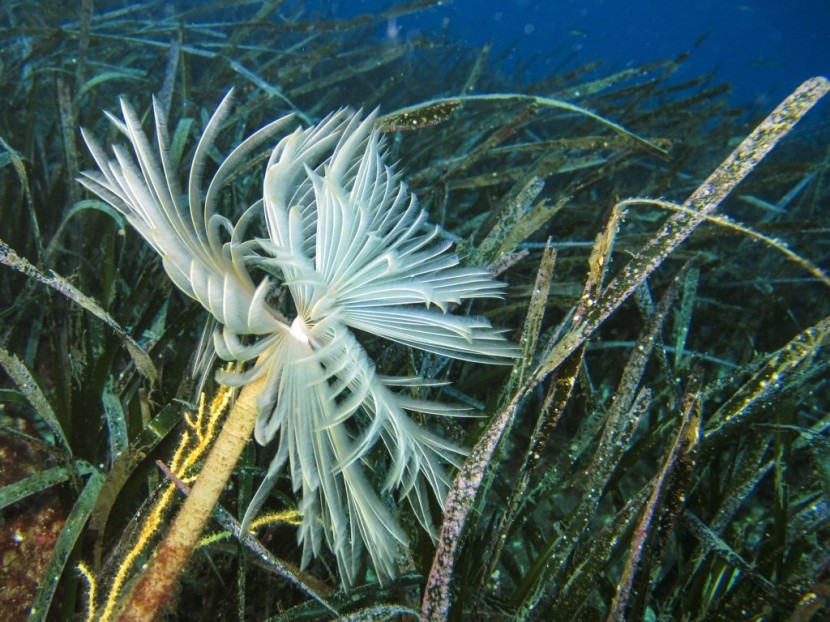
Researchers discovered that before the explosion of life on earth when the first primitive skeleton evolved in animals occurred 540 million years ago. Initially, there were marine sponges and tube-like thimble-like shapes, which are hard mineralized threads that are the first skeleton, per GeoScienceWorld.
Primitive Skeleton Found
These pro-skeletons are seen in the fossil record, but the soft parts dissolved so long ago. It might be that the first skeletal creatures are mostly hollow tubes, but classifying them takes work, reported Science Alert.
A few coincidental fossils from China have beaten the odds and now are supplying archaeology with a real peek into early organisms with the first primitive skeleton that lived approximately 540 million years ago.
The fossil evidence has preserved the soft tissue of four worm-like marine creatures affiliated with the species Gangtoucunia Aspera. It was considered an extinct species that is an ancestor of modern annelid worms or earthworms with horizontal segments. But these data point to Gangtoucunia as a relative of polyp cnidarians; they are jellyfish, anemones, and coral.
These tube-shaped organisms' mouths are encircled by telescoping tentacles approximately 5 millimeters (0.2 inches) long, which were most probably used to catch prey. Their stomach takes up most of their body but is divided into longitudinal cavities. Their bodies are made of a hard mineral called calcium phosphate, which is found in human bone.
Discovery From 540 Million Years Ago
According to Paleobiologist Luke Parry of the University of Oxford, this is a one-in-a-million discovery, as these strange tubes are frequently found in groups of many individuals.
Because until they have been deemed "problematic" fossils, there is no way to classify them. All four fossils were unearthed in China's eastern Yunnan Province, where a lack of oxygen permitted soft tissue to circumvent ravenous microbes.
The Jellyfish
All polyp cnidarians, including jellyfish, are said to develop a crown of tendrils on top of their bodies before they reach the stage of free swimming.
Jellyfish have a vase-like form when they're young polyps, with one end connected to the surface while the other is exposed to the aquatic environment.
These findings led scientists to conclude that G. Aspera, an ancient seabed polyp, could be located nearby or in the Medusozoa subclade of Cnidarians.
Most of the true jellyfish in this subclade can swim, but some hydrozoa remains polyps their entire lives. Hydrozoa polyp colonies can build skeletons remotely similar to G. Aspera fossils.
External skeletons presumably won't emerge just once but may transform a few times in various clades. One of the leading forces responsible for the Cambrian explosion could have been animal skeletons' diversity.
However, the sudden rise of structural diversity in the fossil record could also mirror how brittle biomineral threads are and how challenging it is to allow them to survive the effects of time.
From the little substantiation studies have discovered, it is evident that pipe animals have been popping up well before the outburst of animal diversification that formerly took the world by storm.
The research shows how hard it is to study these ancient creatures, with the first primitive skeleton developed 540 million years ago, published in The Royal Society.
Related Article: How Did King Tutankhamun Look When Alive in Ancient Egypt? Scientists Remains Guessing
© 2025 HNGN, All rights reserved. Do not reproduce without permission.








